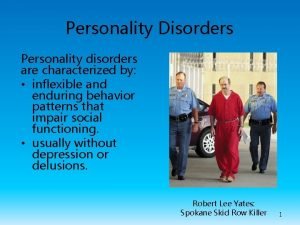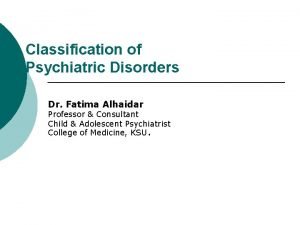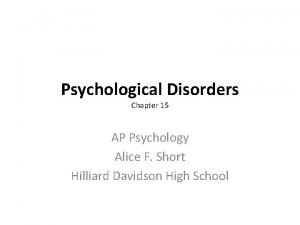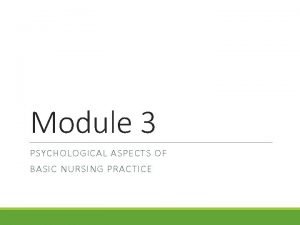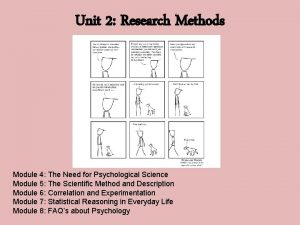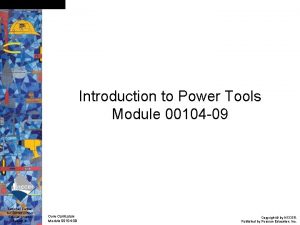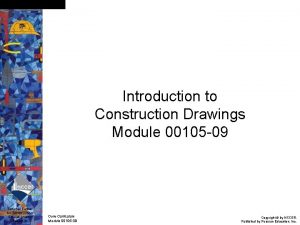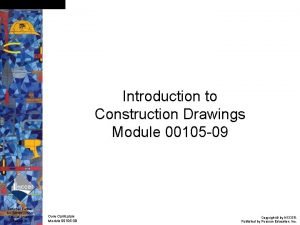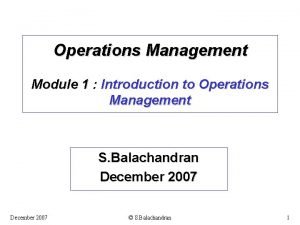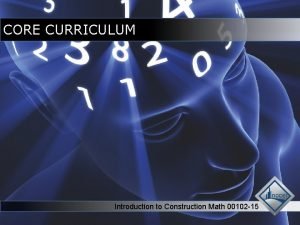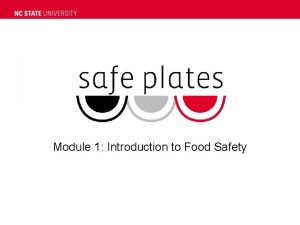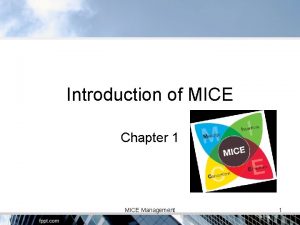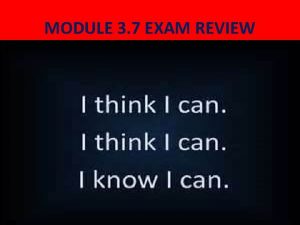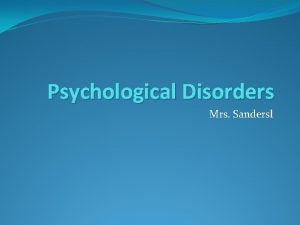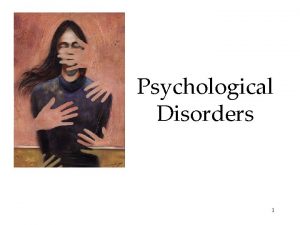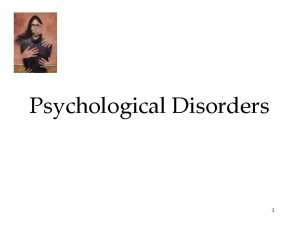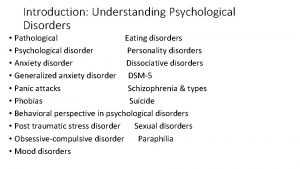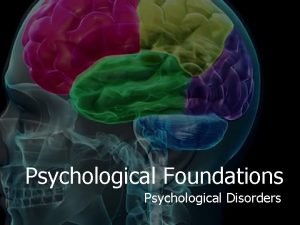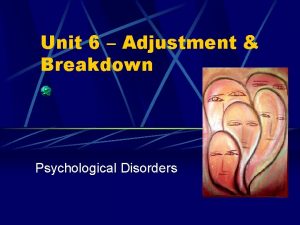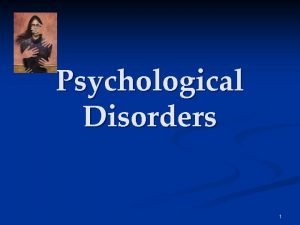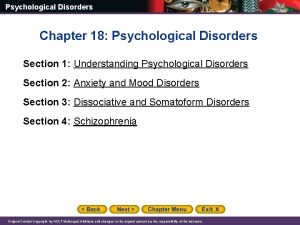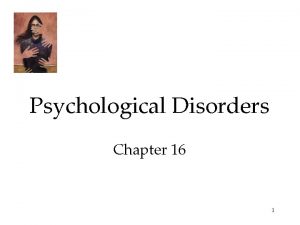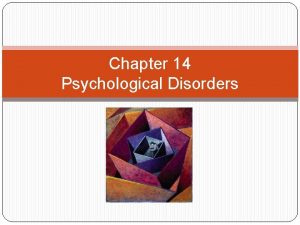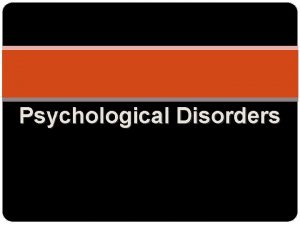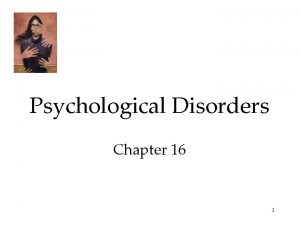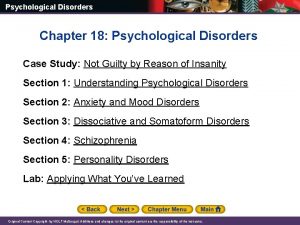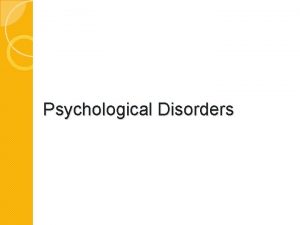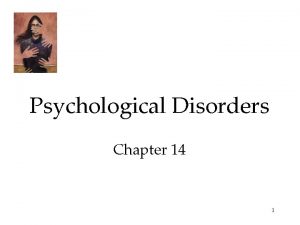Psychological Disorders Introduction to Psychological Disorders Module 27


























- Slides: 26

Psychological Disorders

Introduction to Psychological Disorders

Module 27: Introduction to Psychological Disorders Defining Disorder

MUDA • A mnemonic device used to remember the four attributes of a psychological disorder – Maladaptive – Unjustifiable – Disturbing – Atypical

Psychological Disorder • A “harmful dysfunction” in which behaviors are maladaptive, unjustifiable, disturbing, and atypical

Maladaptive • An overstatement of normal, acceptable behaviors • Destructive to oneself or others

Unjustifiable • A behavior which does not have a rational basis

Disturbing • A behavior which is troublesome to other people

Atypical • A behavior so different from other people’s behavior that it violates a norm • Norms vary from culture to culture

Module 27: Introduction to Psychological Disorders Understanding Disorders

Early Views of Mental Illness • In ancient times, mental illness was usually explained through a supernatural model; the person was possessed or a sinner • During the Middle Ages treatment methods were inhumane and cruel

“Stone of Folly” • Medieval physicians imagined a “stone of folly” that had to be surgically removed from a mad person’s head before sanity could prevail. Funnily enough, the best known painting of such an operation,

Hieronymus Bosch’s The extraction of the stone of madness, shows the “stone” to be a flower bulb.

Philippe Pinel (1745 -1826) • French physician who worked to reform the treatment of people with mental disorders • Encouraged more humane treatment

Module 27: Introduction to Psychological Disorders Understanding Disorders: The Medical Model

The Medical Model • Diseases have physical causes that can be diagnosed, treated, and in most cases, cured. • Psychological disorders can be diagnosed based on their symptoms and treated or cured through therapy. • Psychological disorders are similar to a physical illness.

Module 27: Introduction to Psychological Disorders Understanding Disorders: The Bio-Psycho-Social Model

Bio-Psycho-Social Model • Perspective of mental illness which assumes that biological, psychological, and sociocultural factors combine and interact to produce psychological disorders

Bio-Psycho-Social Perspective

Module 27: Introduction to Psychological Disorders Classifying Disorders

DSM-V-TR • Diagnostic and Statistical Manual of Mental Disorders – Fith Edition • The text of the DSM-V was recently revised, hence “TR” at the end • Published by the American Psychiatric Association • Lists and describes all the currently accepted categories of mental disorders

DSM-IV-TR • Divides mental disorders into 17 major categories • Includes the symptoms but not the causes of each disease • Has changed significantly since the first edition


Module 27: Introduction to Psychological Disorders Labeling Disorders

Labeling Stigmas • Studies show a clear bias against people diagnosed with mental disorders.

The End
 Chapter 18 psychological disorders review worksheet
Chapter 18 psychological disorders review worksheet Group c personality disorders
Group c personality disorders Psychiatric disorders
Psychiatric disorders Chapter 18 psychological disorders
Chapter 18 psychological disorders Chapter 14 psychological disorders
Chapter 14 psychological disorders Chapter 14 psychological disorders
Chapter 14 psychological disorders Bipolar disorder meaning
Bipolar disorder meaning Ap psychology chapter 15 psychological disorders
Ap psychology chapter 15 psychological disorders Psychological aspects of nursing
Psychological aspects of nursing Module 4 the need for psychological science
Module 4 the need for psychological science C device module module 1
C device module module 1 Introduction to power tools nccer
Introduction to power tools nccer Module drawing
Module drawing Module 00105 introduction to construction drawings answers
Module 00105 introduction to construction drawings answers Operations management module 1
Operations management module 1 Module 70 introduction to therapy
Module 70 introduction to therapy 00103-15 introduction to hand tools answers
00103-15 introduction to hand tools answers Module 00102 introduction to construction math
Module 00102 introduction to construction math 00105 introduction to construction drawings
00105 introduction to construction drawings Module 1 introduction to food safety
Module 1 introduction to food safety Chapter 1
Chapter 1 A tool used to hold objects firmly in place is called
A tool used to hold objects firmly in place is called Food safety questions
Food safety questions Module 3 introduction to hand tools test
Module 3 introduction to hand tools test Entrepreneurship module 1 introduction to entrepreneurship
Entrepreneurship module 1 introduction to entrepreneurship Module 5 supply and demand introduction and demand
Module 5 supply and demand introduction and demand Module 3 exam introduction to hand tools answers
Module 3 exam introduction to hand tools answers

